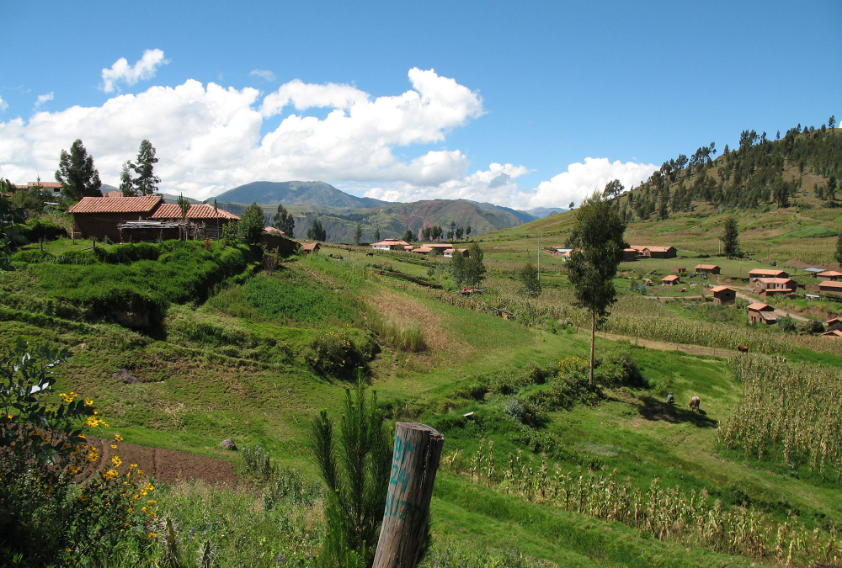Overview
Researchers
Nava Ashraf
Professor of Economics at the London School of Economics and Political Science, Research Director of the Marshall Institute
Kelsey Jack
Assistant Professor in the Department of Economics at Tufts University
- Country
- Bolivia
- Timeline
- 01/31/2010 - 06/30/2012
- Constraints
- Externalities, Information
- Technology Category
- Extension
- Sample
- 130 villages, averaging 20 households per village

Some agricultural and farming practices create positive environmental spillovers called externalities. These include the establishment of pastures with trees and water troughs, which are shown to reduce negative externalities related to health, productivity and environmental processes, by reducing the time cattle spend standing in streams. In Bolivia, researchers are evaluating the effect of information provision and financial incentives on the adoption of environmentally friendly cattle management practices.
Some agricultural and farming practices create spillovers that affect others or the environment. These spillover effects, known as externalities, can create a wedge between the benefits a farming practice has to individuals and the effects it has on society as a whole. Although adoption of agricultural technologies that reduce the production of negative externalities, such as pollution or deforestation, is beneficial to society, such technologies will not be adopted if they don’ t bring benefits to individual users. The standard policy solution in the face of such externalities is to change incentives so that private individuals benefit from use of socially responsible practices. In recent years, policymakers have advocated payments for environmental services as an incentive-based approach to internalizing the externalities of land use decisions, but there is little empirical evidence on the impacts of such programs.
This study takes place in Bolivia’ s Rio Grande Protected Area, where cattle are both a source of private income, and of negative agricultural productivity, health and environmental externalities. Most participants in the study area own both cattle and forest land. Through forest clearing for pasture and free range grazing in the forest, local cattle management practices generate significant negative externalities at local (watershed) and global (biodiversity, carbon) scales. Free range grazing cattle spend a significant amount of time standing in streams, where much of the best vegetation grows. This causes erosion of the stream banks, and contributes to landslides that close roads and block access to markets.
Researchers partnered with Fundacin Natura Bolivia, an organization that has worked in the study area for six years implementing payment for environmental services projects. This study will evaluate interventions designed to increase the adoption of more environmentally friendly cattle management practices, including the establishment of pastures with trees and water troughs, which reduce negative externalities related to health, productivity and environmental processes by reducing the time cattle spend grazing near streams.
Different combinations of information and incentives will be introduced at the village level, targeting either individual- or community-level behavior change. In addition to evaluating effectiveness of incentives for conservation outcomes, the treatments will be designed to shed light on the process of collective action within the community.
In the short run, adoption of these management technologies will be costly to individual users, but has the potential to create benefits for everyone in the village by reducing erosion. In the long run (5 years), the technology is expected to be both privately and socially beneficial, as the reductions in land degradation bring benefits to individual users. By varying the price incentives for adoption and the information about the externalities, the intervention will offer insights into whether incentives and information can help farmers adopt technologies that prevent negative externalities.
Results forthcoming.
